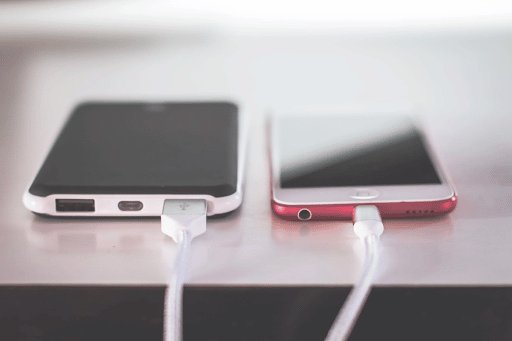For the longest time, Android and Apple have been competing for their piece of the pie in the mobile phone market. Buyers are often plagued with the question, “Apple or Android?”. Whether you’re team iOS or team Android, there’s an advantage to each of these devices.
Another common question that many people ask before making up their minds is: which one is user-friendly? The answer is much more complicated than picking one device over the other – many factors come into play. But first, let’s get to know the differences between these two operating systems.
What Are The Main Differences Between Apple and Android?
If you’ve been looking for a phone or a tablet, you might be aware of the different types of operating systems that come with the devices in the market. The most obvious difference is that Apple and Android devices run under different operating systems.
Apple runs under iOS, an operating system developed by Apple Inc. in 2007. Meanwhile, Android is an operating system commercially sponsored by Google with an initial release in 2008. Take note that Android is an open-source OS, hence, it can be used on multiple devices. For Apple devices, you’ll see that they exclusively come with iOS.

These operating systems are widely used among smartphones and tablets, but they come with several major differences. One is customizable and the other one isn’t. The former describes Android OS. It’s visually evident when it comes to the user interface (UI). You’ll see how different phone brands such as Samsung, Google Pixel, and OnePlus display varying UIs despite operating on Android.
Another major difference comes with the exclusivity of different applications and features. Apple, for instance, has an exclusive guided access feature.
Meanwhile, Android phones boast a split-screen feature that makes multitasking a lot easier.For gamers, you’ll see there are also differences in video games on iOS and Android. Hardcore gamers, for example, may opt to buy a gaming smartphone instead of an Apple phone as most gaming smartphones operate on Android. Sometimes, iOS has the edge when it comes to availability – with many applications being released first on the App Store.

What Makes A Device User-Friendly?
When you say that a device is user-friendly, it simply means that it’s easy to use despite all the features that it contains, which is why many choose to sell a Galaxy phone for an upgrade. This term is often used for computers, smartphones, and other devices. Let’s get to know what exactly makes a device user-friendly.
Simplicity
With so many companies releasing so many innovations year after year, it can get hard to keep up. A layman would not be able to keep up with so many technological advances. That’s why operating systems have to be “dumbed down” for many of their users to operate their devices to their fullest potential.
Responsive Design
Another thing you should watch out for in a user-friendly device is a responsive design. When you say that a device is responsive, it means that content easily adjusts to the size of the screen they are displayed on. Whether it’s an application or a webpage, the phone takes care of it.
Efficient
When it comes to considering an operating system as friendly, evaluate its efficiency. It should be optimized for the device it runs on and at the same time, work seamlessly. For users, these operating systems should not be an obstacle to getting a task done. Instead, you should be able to accomplish your tasks more quickly with the help of an efficient operating system.
Which One Is More User-Friendly: Apple or Android?
The good news is that both operating systems tick all the boxes when talking about being user-friendly. Now here comes the big question. Between the two operating systems, which one is more user-friendly?
A lot of mobile users praise iOS for its simplicity – it just works out of the box. Using an iPhone, for example, shouldn’t require too steep of a learning curve for you to get the most out of it.
With iOS devices being preferred by some for their ease of use, can the same be said for Android devices? The answer is yes.
While iOS devices had a huge lead in this department after its initial release, Android handsets eventually caught up. It’s safe to say that they’re now neck and neck in terms of their user-friendliness. Both have improved significantly since their release. Hence, the two operating systems are both user-friendly. The crucial difference between them is control. With Android, you are given more options for customization than with devices running on iOS. But, if you’re the type who prefers to keep things the way they are, then an Apple device might be more suited to you.
The Takeaway
So if you’ve been stumped with choosing the right device for you, it might be helpful for you to know that both devices are considered user-friendly. All you need to consider are the other features that one operating system has to offer.
Prefer customizing your phone to your liking, without limits? Go for Android. Or if you prefer the seamless use of the Apple ecosystem, opt for a device running on iOS. Both operating systems gained popularity for a reason. Whichever device you choose, you cannot go wrong.
Watch this space for updates in the Technology category on Running Wolf’s Rant..
Like what you just read? Subscribe To Our Newsletter to stay in the loop.
Feel free to explore our website or check out our Featured Articles.
Looking for a gift for that special person in your life? Check out Netflorist.co.za, South Africa's top online florist and gift service. They offer flowers, gifts, and hampers for all occasions AND reliable nationwide delivery.



